Even if you never listen to any classical music, you probably recognize the famously ominous opening bars of Beethoven’s Fifth Symphony: da-da-da dummmmmmmm. (Depending on your movie tastes, you may recognize the Fifth on the soundtracks of The Breakfast Club, Austin Powers the Goldmember, or Howards End.) Beethoven was so deaf by the time he wrote and premiered his Ninth and final, most glorious symphony, he couldn’t hear the admiring audiences’ thunderous applause.
The German pianist and composer was a man so obsessive about every single little detail of his life that he started his mornings with a precisely prepared cup of coffee. This strange brew had to be made from exactly 60 coffee beans. Beethoven would even count the magic beans himself!
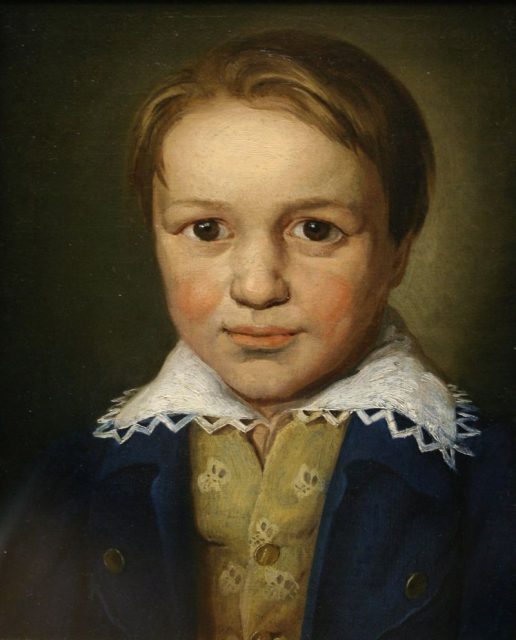
Ludwig van Beethoven was born to a musical family in Bonn in December 1770. His father was a court singer (and a drunk); his grandfather was a successful and well-known musician. His father taught him music at an early age. Legend has it that Papa Beethoven forced young Ludwig to stand on a stool to reach the keys of a clavier, and would beat the child when he made mistakes. On a near daily basis, Ludwig was flogged, locked in a cellar, and deprived of sleep to make time for practice, according to Biography. His father arranged his performance debut when the child was seven.
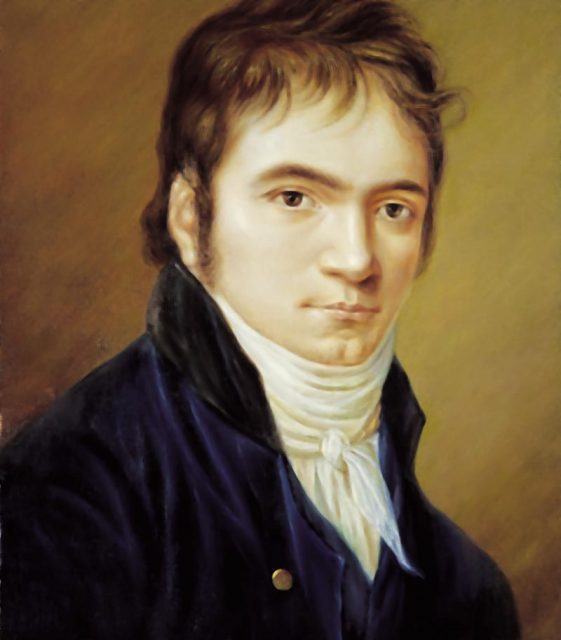
A miserable scholar, Beethoven dropped out of school at the age of 10 to study music full-time. At 12, he met the renowned composer and conductor Gottlob Neefe, who introduced him to the music of J.S. Bach, and inspired the young pianist to compose and perform his first variations.
Beethoven eventually moved to Vienna, settling there when he was 21, where he may have met with Mozart. He later studied piano with Joseph Haydn and composition with Mozart’s nemesis Antonio Salieri.
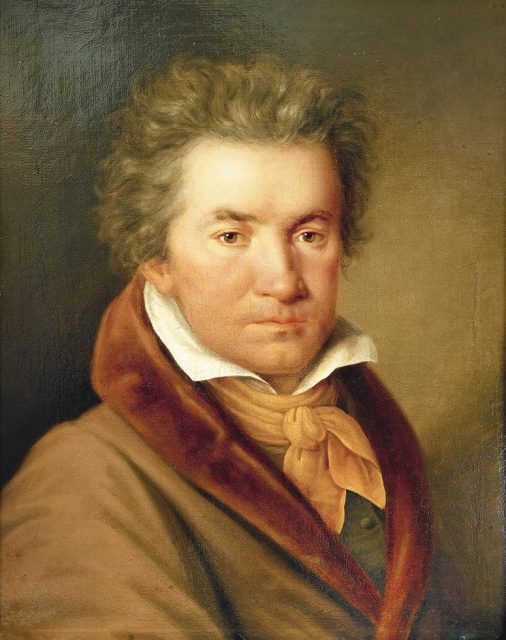
As a prodigious performer and composer, Beethoven won many patrons. But he was also grumpy and antagonistic, even paranoid, which didn’t win him many close friends. Though he was hopelessly in love with a married woman, he himself never married. He fought for custody for his nephew, and won the case, but never the boy’s affections. His health problems probably exacerbated his acerbic personality. As he grew increasingly hard of hearing in his 40s, he withdrew further into himself and away from society.

Everything for Beethoven had to be just so, including his morning cup of joe. “For breakfast, he drank coffee, which he usually prepared in a glass coffee-maker,” as his secretary Anton Schindler wrote in 1840, and recounted in Donald W. MacArdle’s annotated adaptation Beethoven as I Knew Him. “Coffee seems to have been the one indispensable item in his diet, and he was as fastidious as an Oriental in its preparation. He estimated sixty beans to the cup and would often count them out, especially when guests were present.”
24 Ultimate Shakespeare insults and put downs
Beethoven was a voracious reader of the classics, presumably bringing books to meal times. His personal copy of the Odyssey, a leather-bound octavo, shows “by its coffee stains and candle wax that it was much used by day and by night,” according to Schindler and MacArdle.
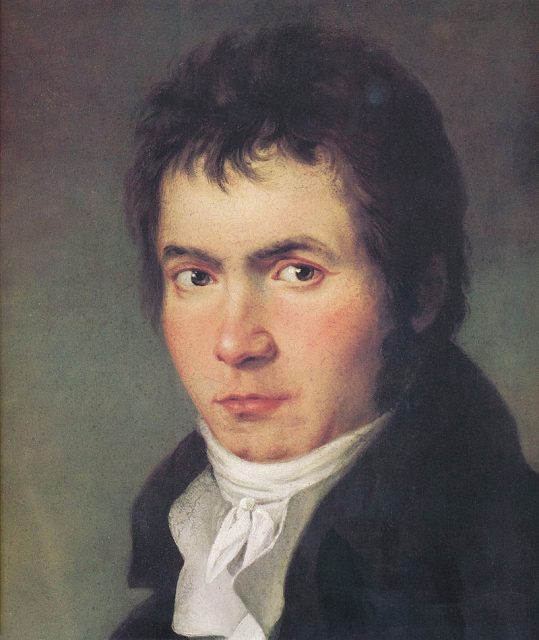
Coffee wasn’t Beethoven’s only culinary quirk. He kept salami and cheese in his room in Vienna, according to the BBC Music Magazine’s website, and every Thursday had bread soup and “10 sizable eggs presented to him on a plate”!
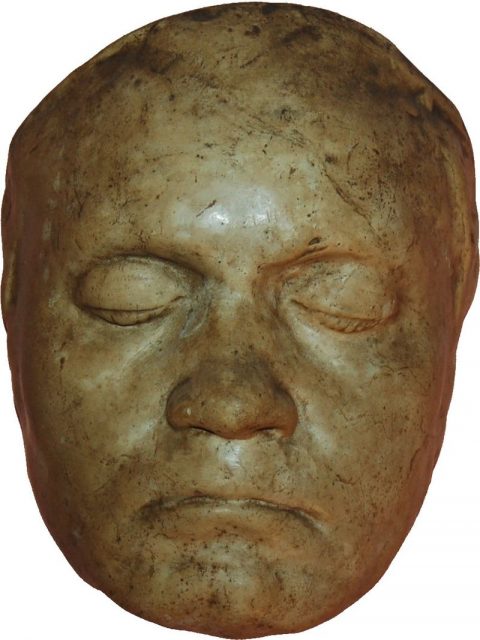
The cause of Beethoven’s deafness is unknown. He may have suffered from typhus, inner-ear malformations, or an auto-immune disease. He lost high frequencies first and would pound on the lower octaves of the piano. His hearing disability was an obvious liability for a performer—eventually, he had to cease altogether. Ironically, his deaf years were his most prolific as a composer; perhaps his inability to perform and converse easily gave him more time to compose works in his head.
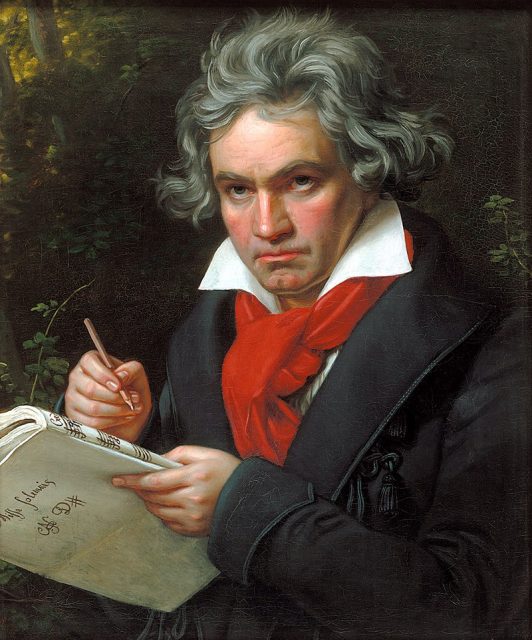
Deafness drove Beethoven to the brink of despair, as he wrote in 1801 to a friend: “For almost two years I have ceased to attend any social functions, just because I find it impossible to say to people: I am deaf. If I had any other profession, I might be able to cope with my infirmity; but in my profession, it is a terrible handicap.”
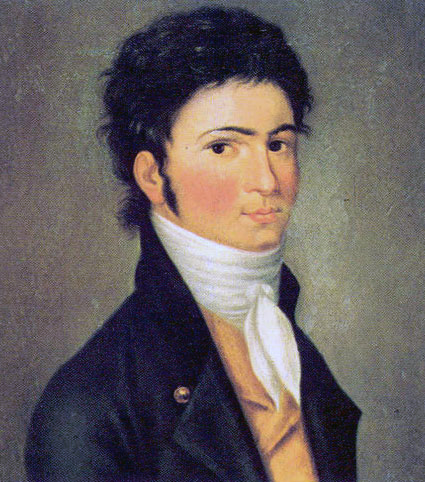
Beethoven directed the premiere of his famous Ninth Symphony in 1824 by giving cues to the conductor. The work was rapturously received, but the composer couldn’t hear the audience, or the orchestra, for that matter. He had to be turned to see his standing ovation.

Small wonder then that the cantankerous composer sought comfort in controlling such routine pleasures as a 60-bean cup of coffee every morning. We’ll give him that.
Beethoven died just three years after the premiere of his last symphony, in 1827. He was 56.
E.L. Hamilton has written about pop culture for a variety of magazines and newspapers, including Rolling Stone, Seventeen, Cosmopolitan, the New York Post and the New York Daily News. She lives in central New Jersey, just west of New York City
